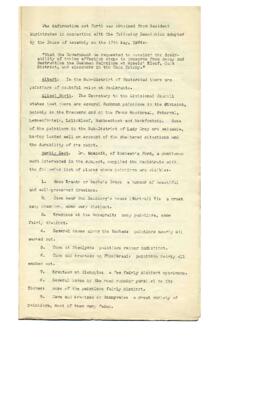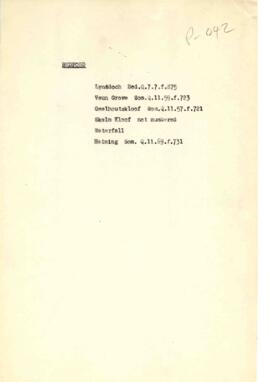LEE LEE-RARI-LEE-RSA-LEL3-5.jpg
·
Item
Part of Lee, Neil
Depictions of cattle in rock art are common in some regions. Often they are accompanied by Iron Age people carrying broad-bladed iron spears, shields and knobkerries. Lee, Neil






